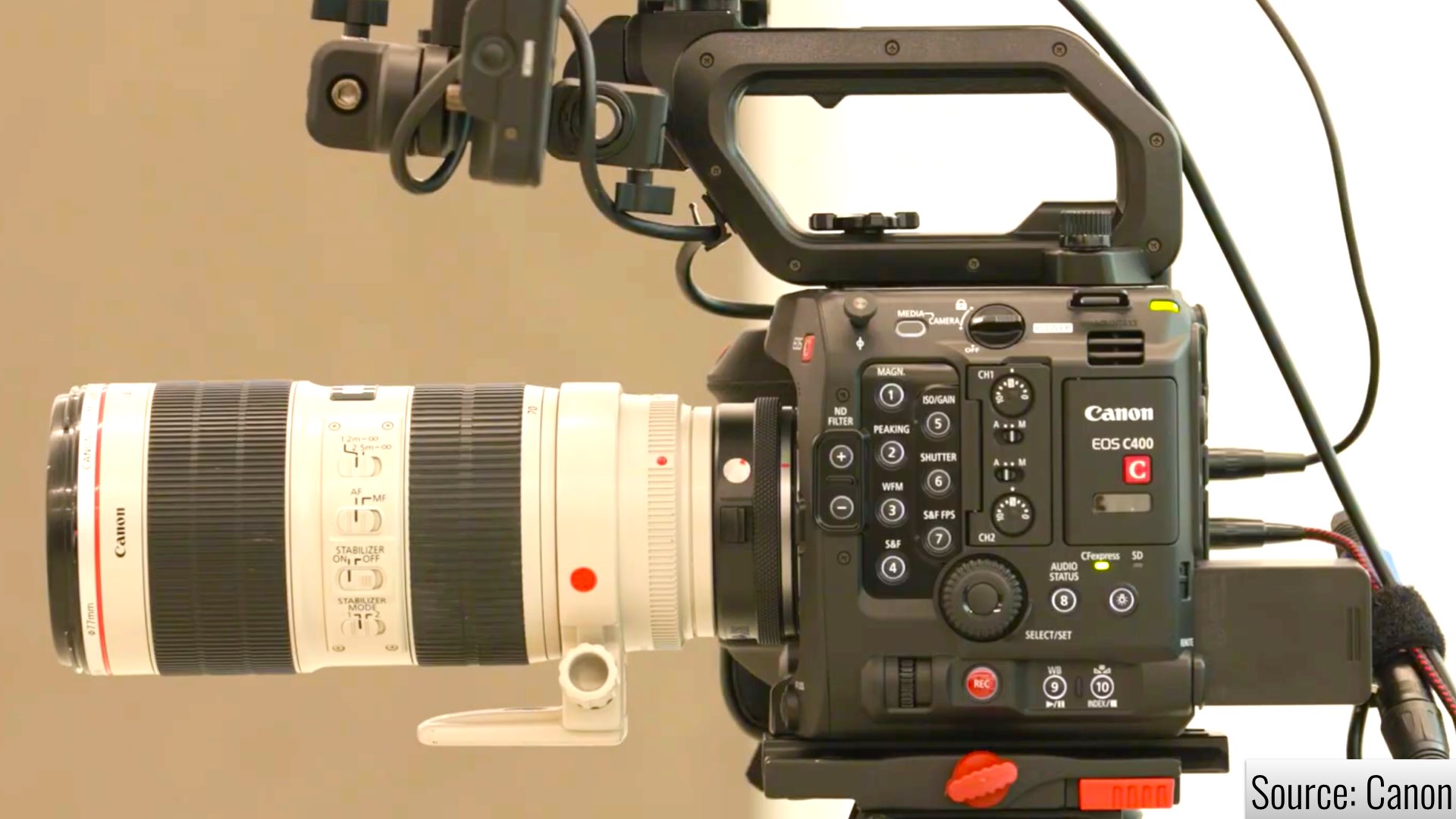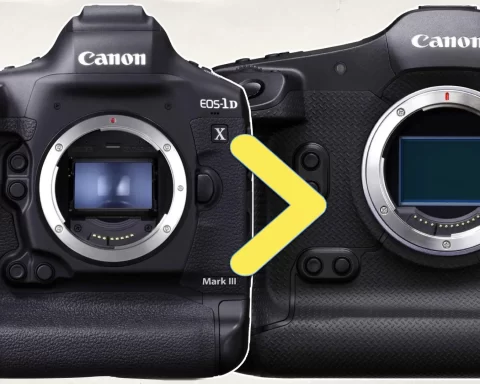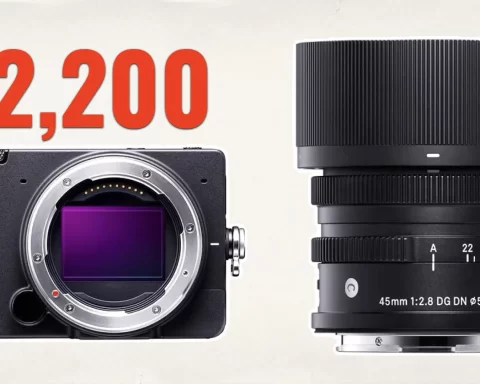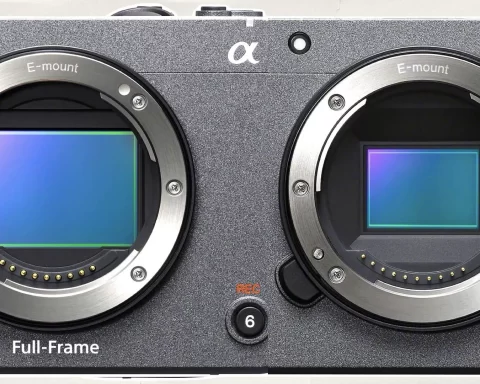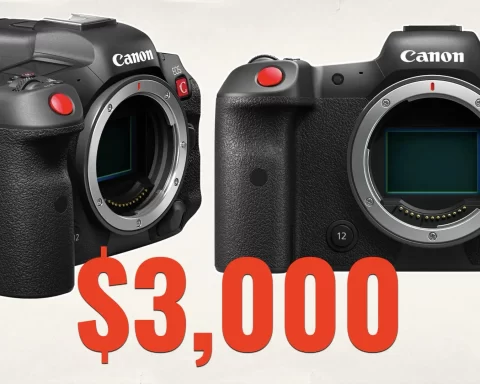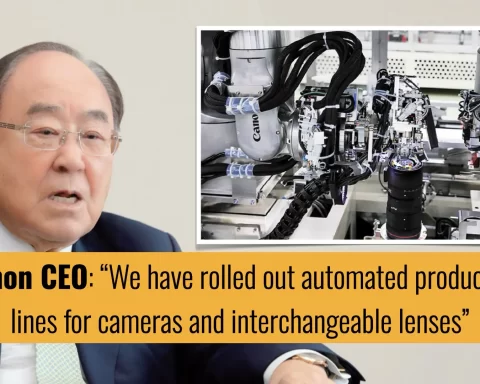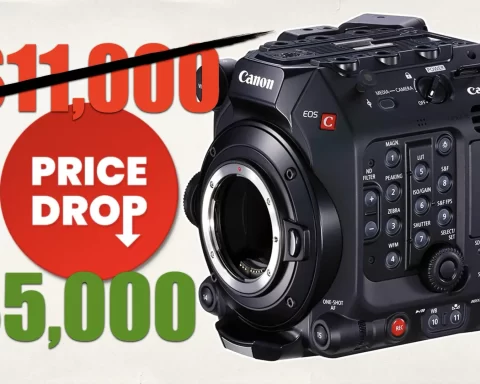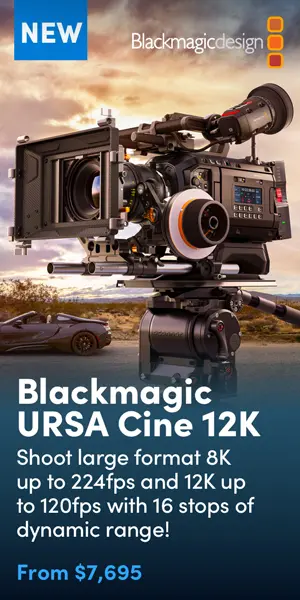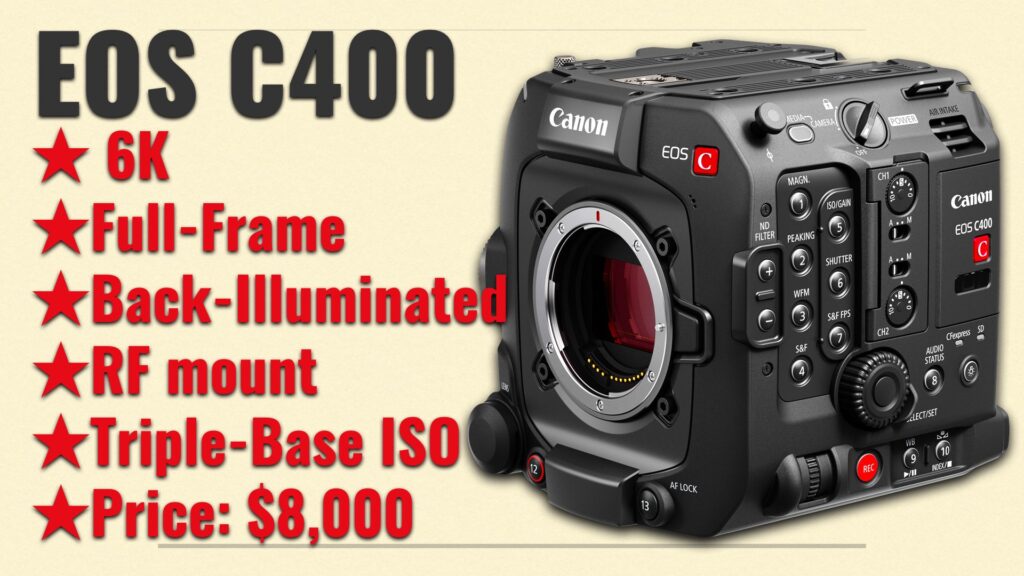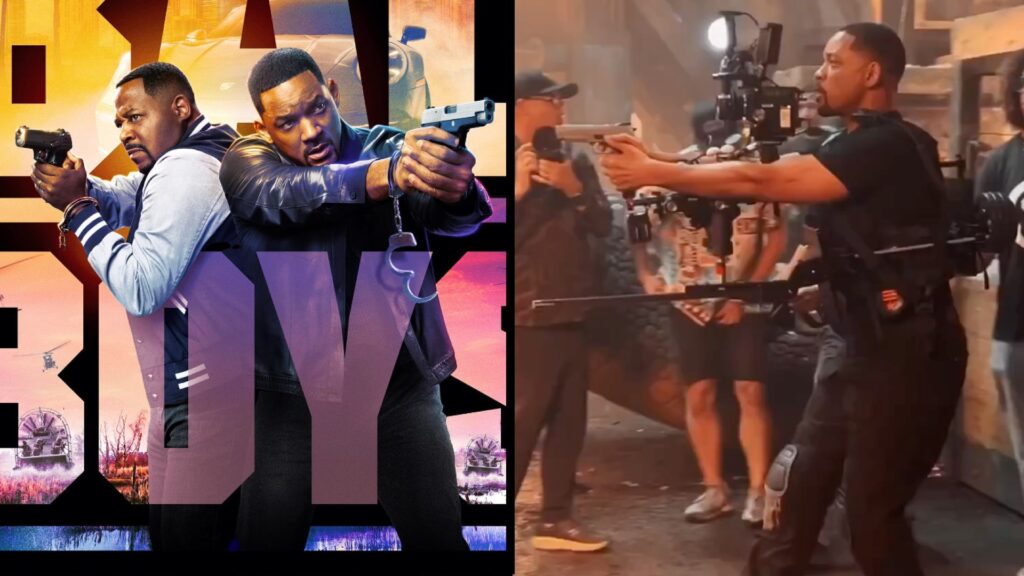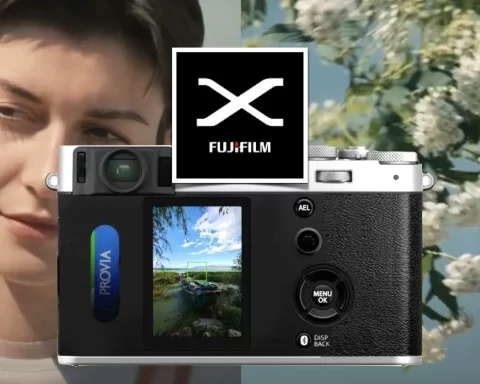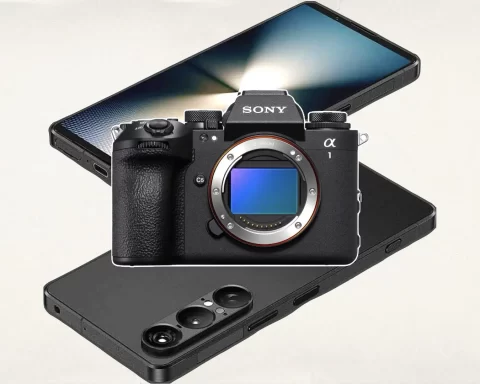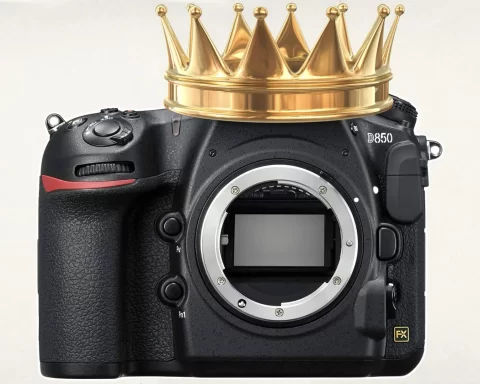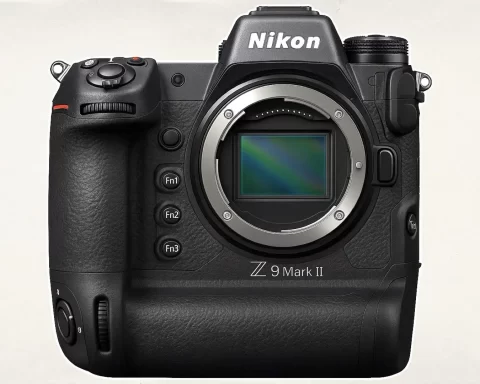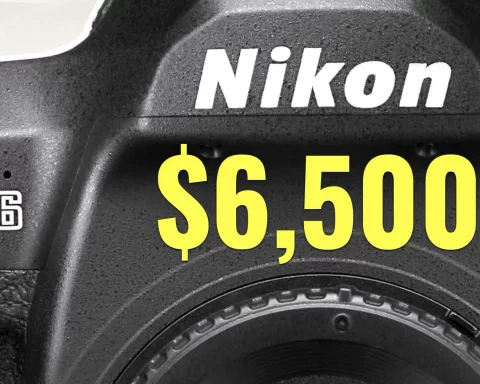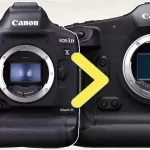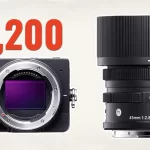Canon has just made a huge jump forward with the newly announced Cinema EOS C400. The camera incorporates so much new tech that can serve well filmmakers of all kinds – From professionals to juniors. Moreover, the C400 can fit in smoothly in a wide range of productions, from indie to high-end projects. And the best part of the price. Other manufacturers may have some difficulties to compete with it. Can the C400 be defined as a cinema Swiss army knife?
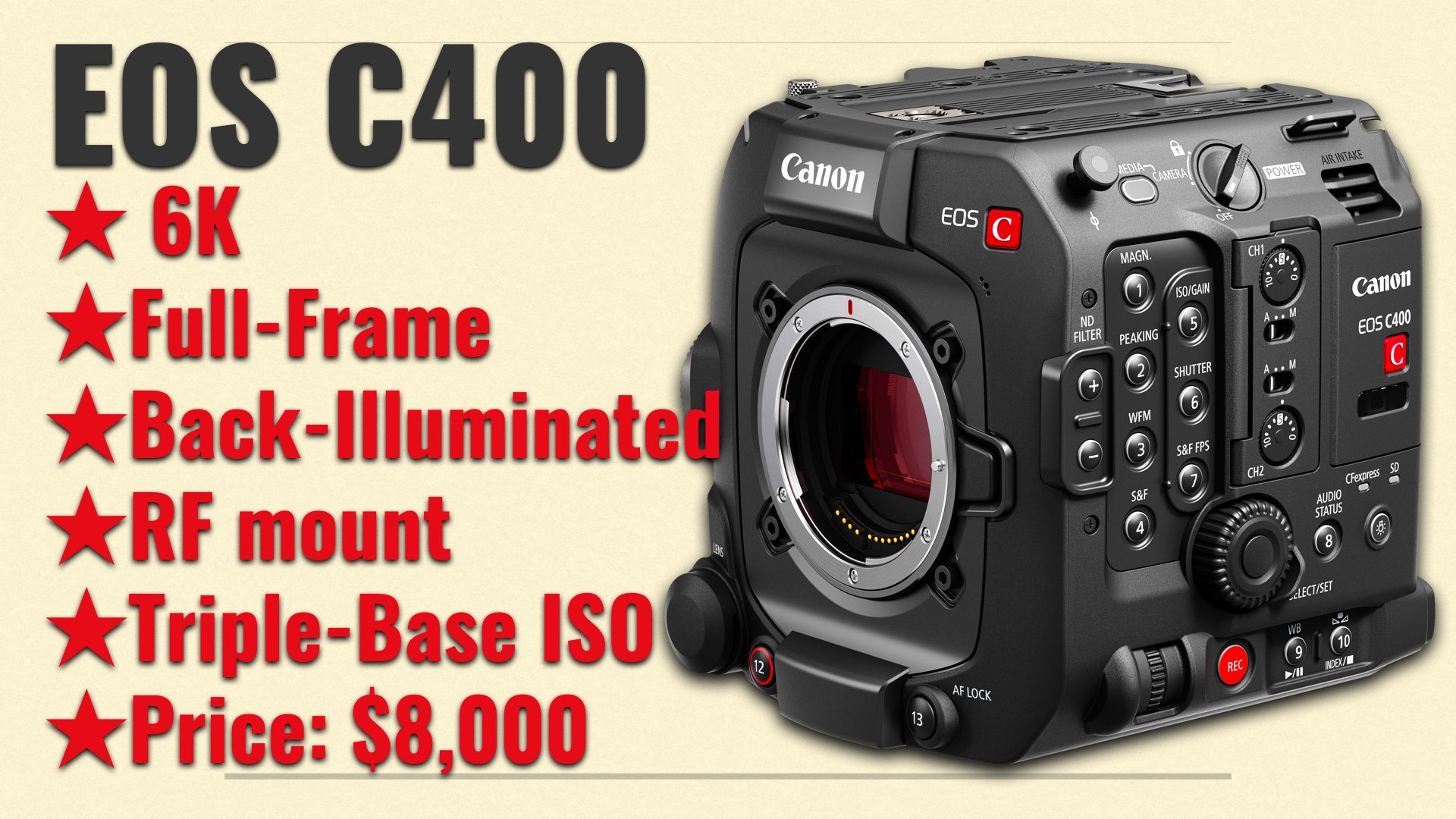
Canon C400: A lot of tech goodies
The Canon EOS C400 which was introduced yesterday, redefines versatility. It’s the third Cinema EOS camera to utilize the RF mount system. In the core of the EOS C400 is a 6K CMOS sensor that offers a more dynamic range than any Cinema EOS full-frame sensor to date. That’s mostly due to the back illumination, which allows the sensor to capture more light and achieve faster readout speeds than traditional front-illuminated CMOS sensors. This is a low-light beast.
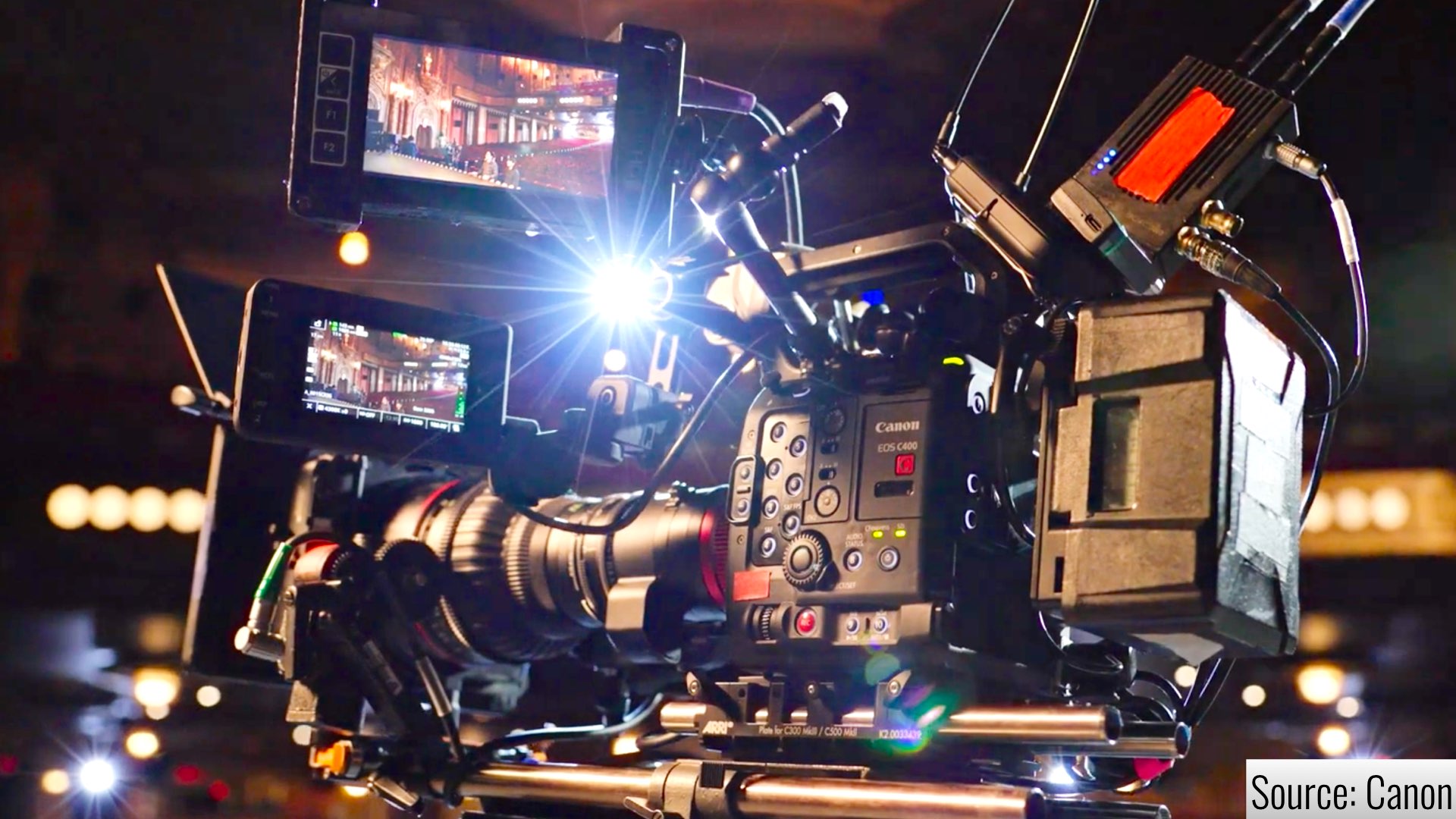
Key Features
- 6K FF Back-Illuminated CMOS Sensor
- 6K60, DCI 4K/2K, UHD 4K120
- PL Mount Adapter Available Separately
- Record Internal XF-HEVC S, XF- AVC S
- Timecode, Genlock & Return Video Ports
- Full Frame, Super35 & Super16 Modes
- Triple-Base ISO: 800, 3200, 12,800
- Improved Dual-Pixel CMOS AF II
- Record Internal Cinema RAW Light, XF-AVC
- Compact Form, Ethernet & Wi-Fi Control
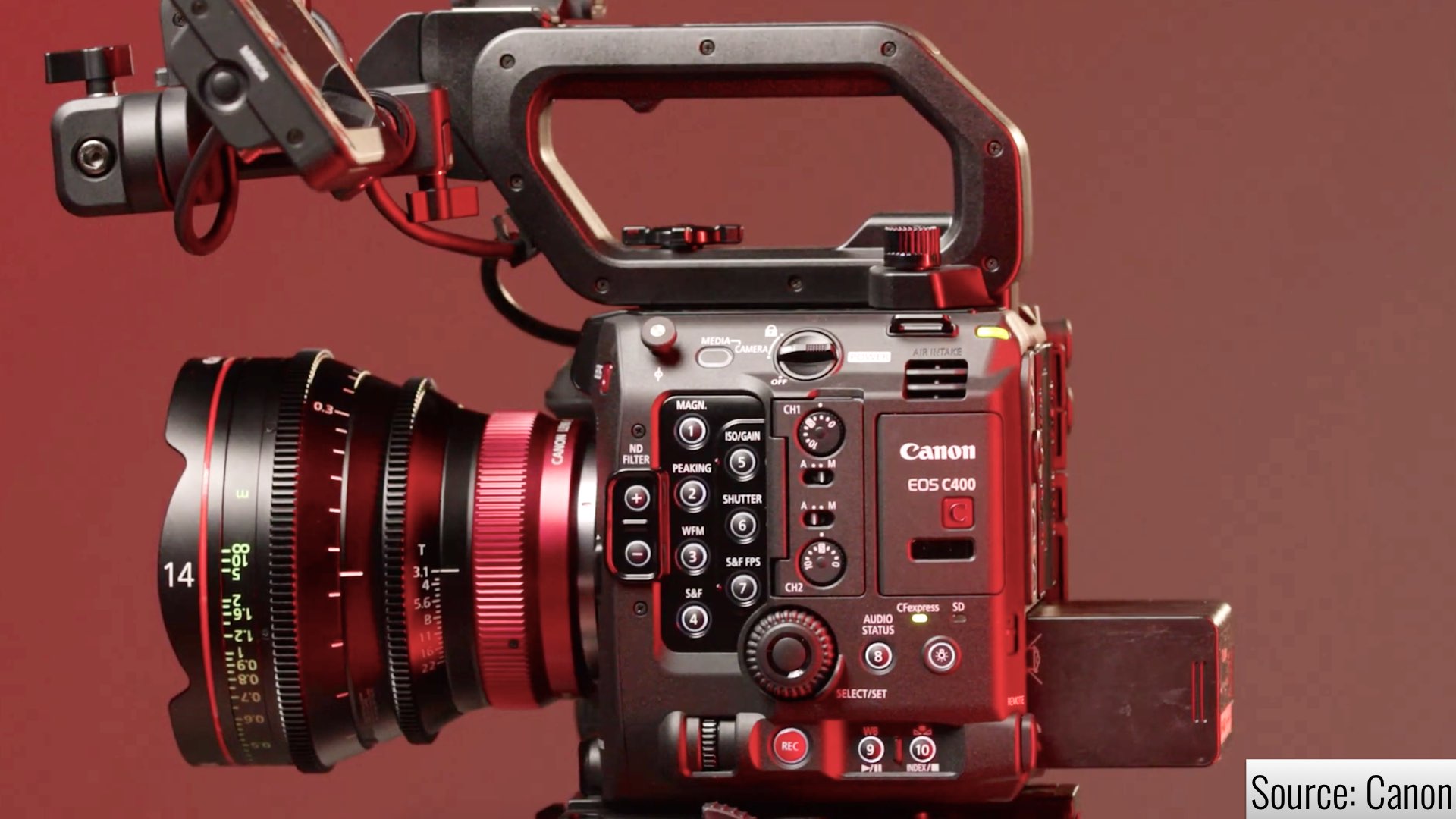
The advantages
Ability to adapt to low light due to 12,800 base ISO
The C400 is a low-light beast. I mean, Canon’s cinema cameras have always performed well in low light (like all Canon cameras) but the C400 takes that performance to a whole new level thanks to Canon’s first ‘Triple Base ISO’ which can be activated when shooting in Log/RAW. The C400 will have base ISOs of 800, 3200, and a skyrocketing 12,800. These features leverage the ability to shoot in very low-light scenarios, which can be a significant advantage to indie filmmakers. Testers demonstrate that the Camera has outstanding low-light performance.
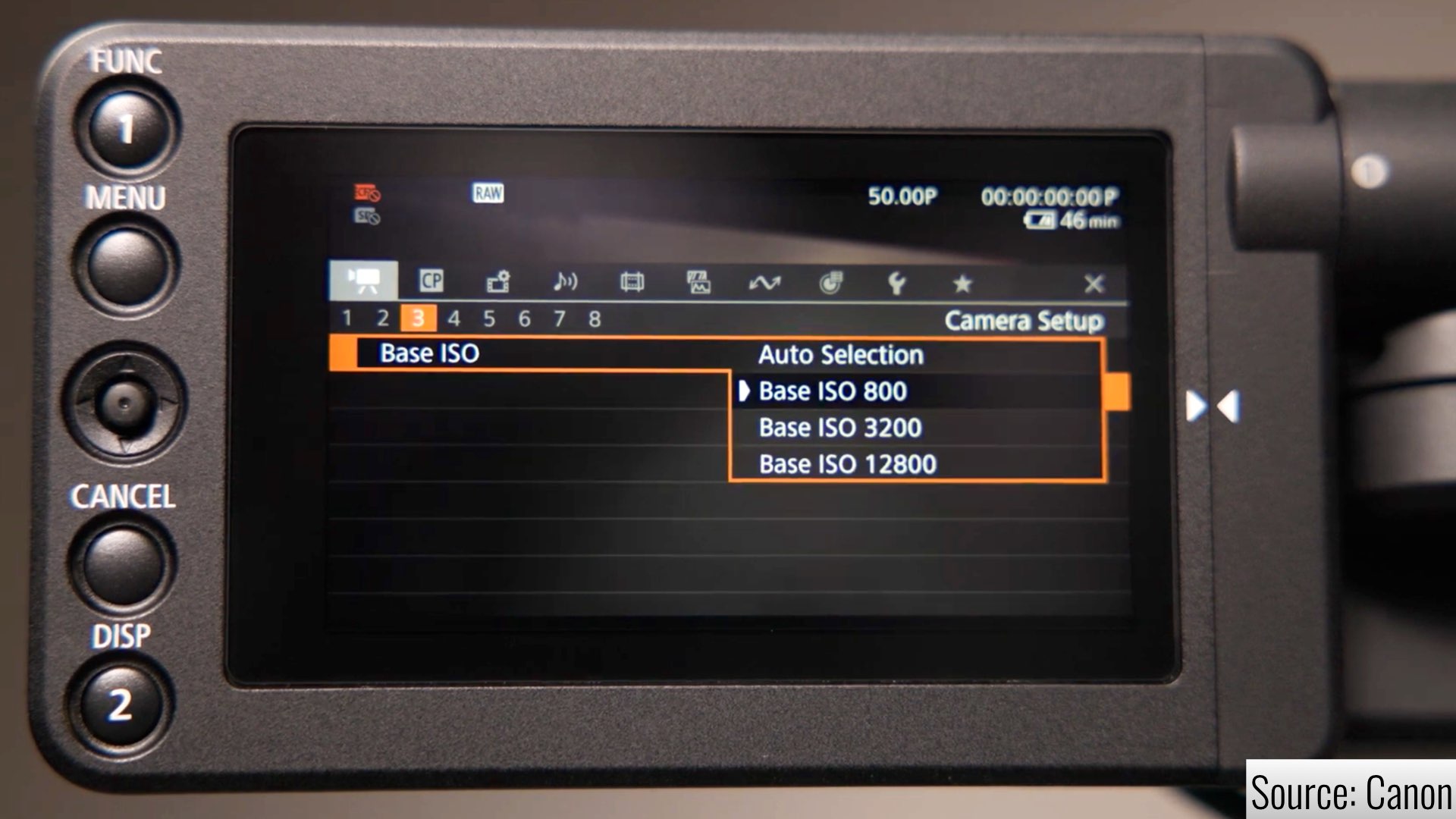
Enhanced AF derived from the sensor’s design
The autofocus gets a tune-up of its own, with the new Dual Pixel CMOS AF II that includes advanced people and animal tracking. The active focus area has increased from 80 to 100% of the frame, meaning the C400 should be able to keep your subjects in focus no matter where they are shifting. The autofocus frame size is adjustable, allowing users to pick between small, regular, large vertical, and large horizontal bounding boxes, or by telling the camera to keep the whole frame in mind. For animals, you can pick eyes, faces, or the entire body for more precise results. This new autofocus technology will work in higher frame rates up to 120fps. No need for focus pullers on this one.
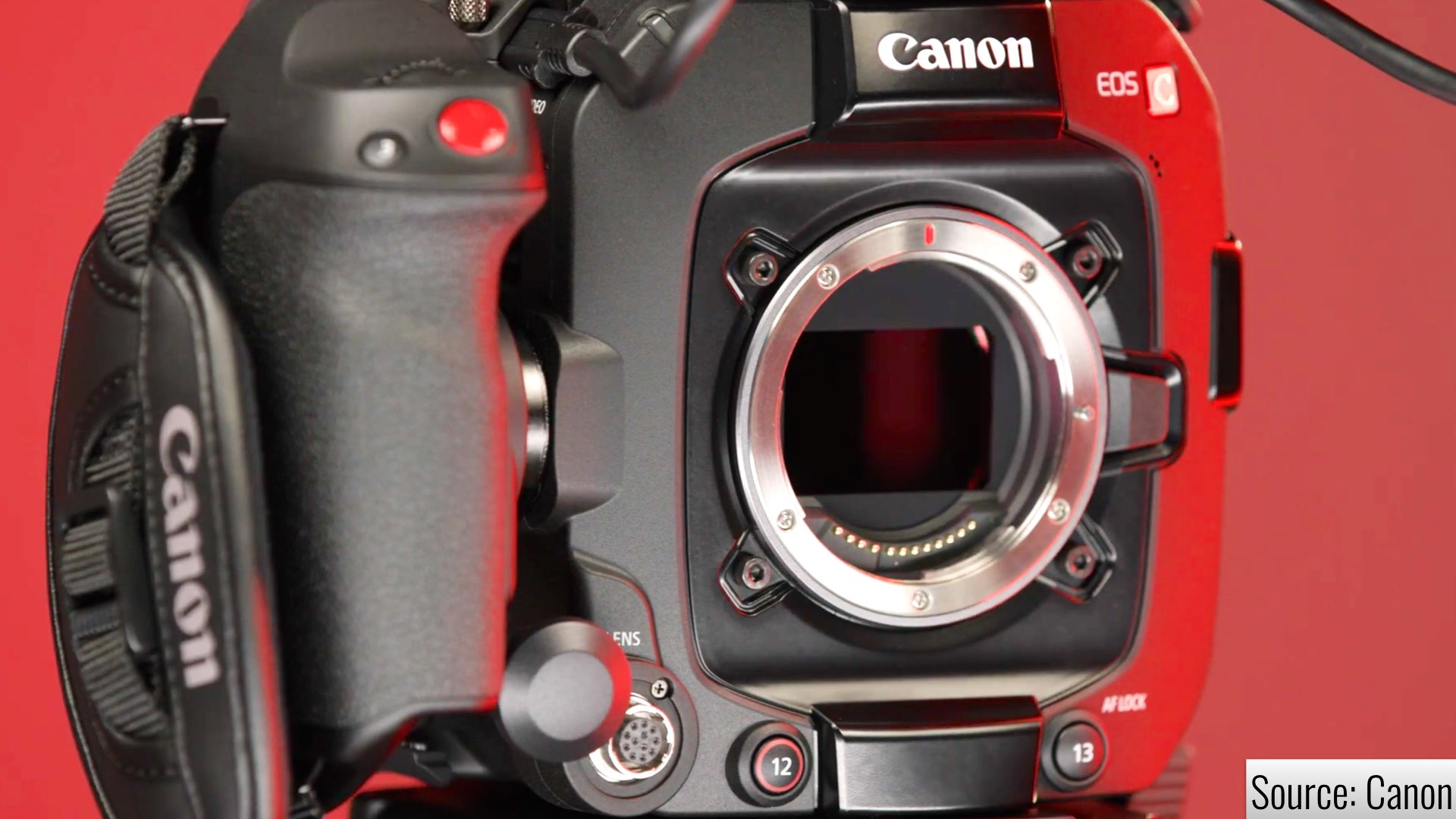
Motion Vector for Digital IS
Digital Image Stabilization has also received some upgrades, as it can now consider subject movement for additional correction or ignore subject movement and focus on data from the camera’s internal gyroscope to avoid unwanted correction artifacts. This feature, ‘Motion Vector for Digital IS’ is easily enabled or disabled in the camera settings, alongside other stabilization customization options.
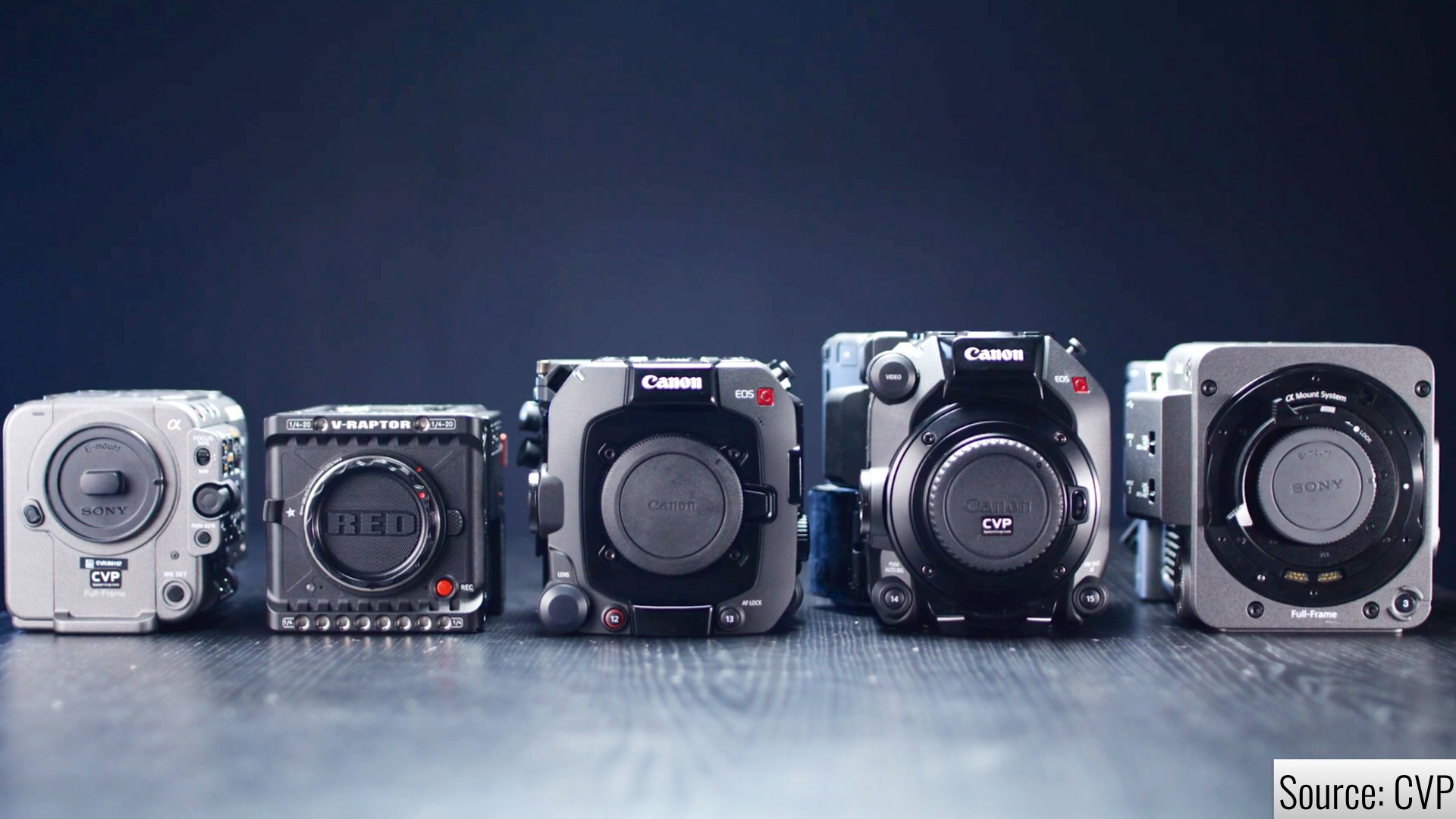
The list goes on
The C400 is a fast camera. Explore the readout speed below (thanks to CVP) which demonstrates one of the advantages of the back-illuminated full-frame sensor which is readout speed. BTW, it’s impressive to reveal the fast readout speed of the R3 that it’s not a video-centric camera. Anyway, the C400 offers more handful stuff like mechanical ND filters, dual media slots, ultra-multiple recording formats, virtual production and broadcast features, and a compact and lightweight body.
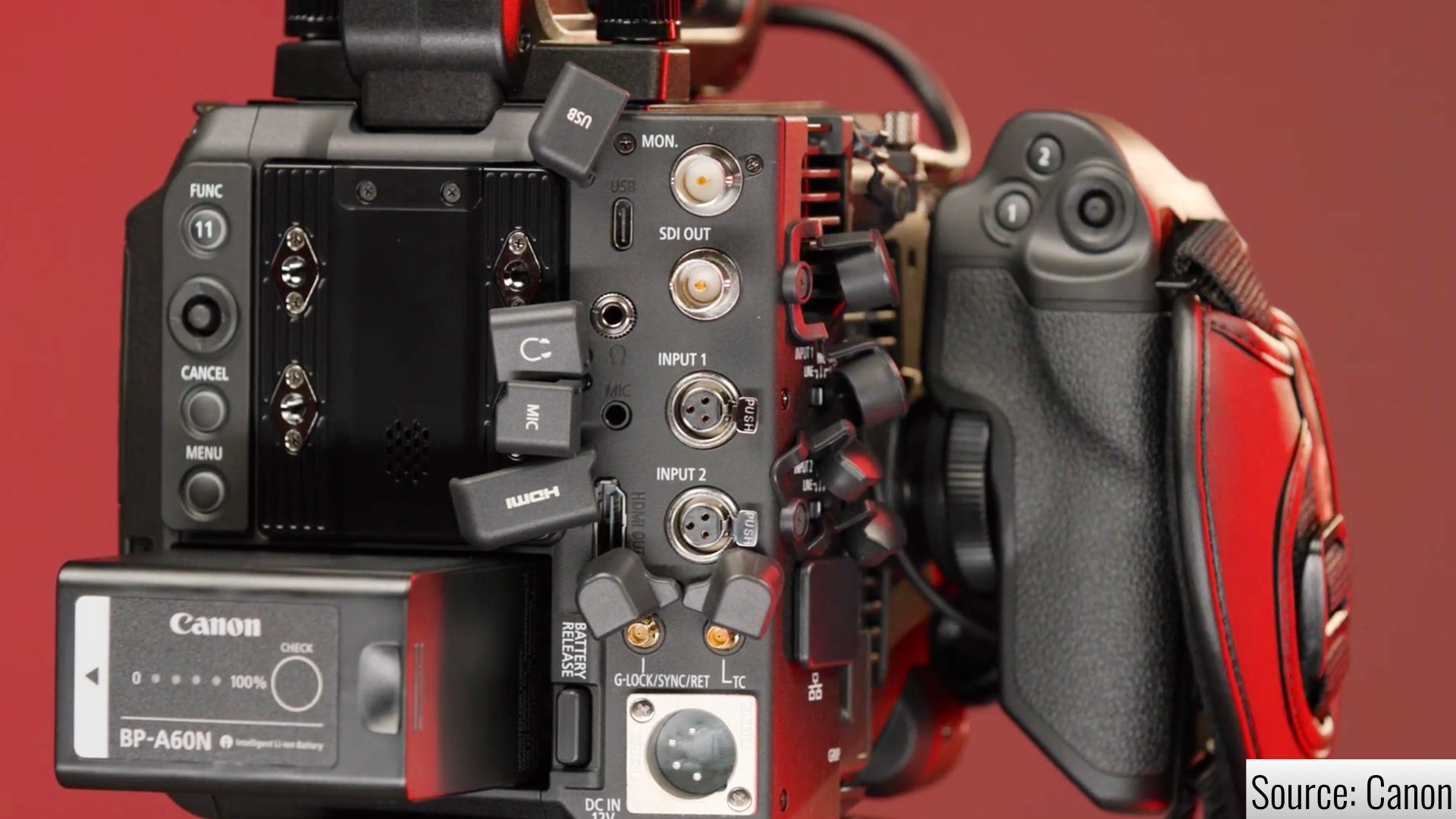
Affordability is the key
Out of the box, the camera includes the 3.5” monitor, top handle, a redesigned side handle grip, a power adapter, a new BP-A60N battery, and a battery charger. Hence, you are not getting only the body, but a whole ready-to-shoot package, and in an affordable price tag of $8,000. This price tag makes the C400 a tough contender to other cinema options like Sony BURANO, RED/Nikon DSMC 3, and as usual, to other Cinema EOS as well (due to product cannibalization).
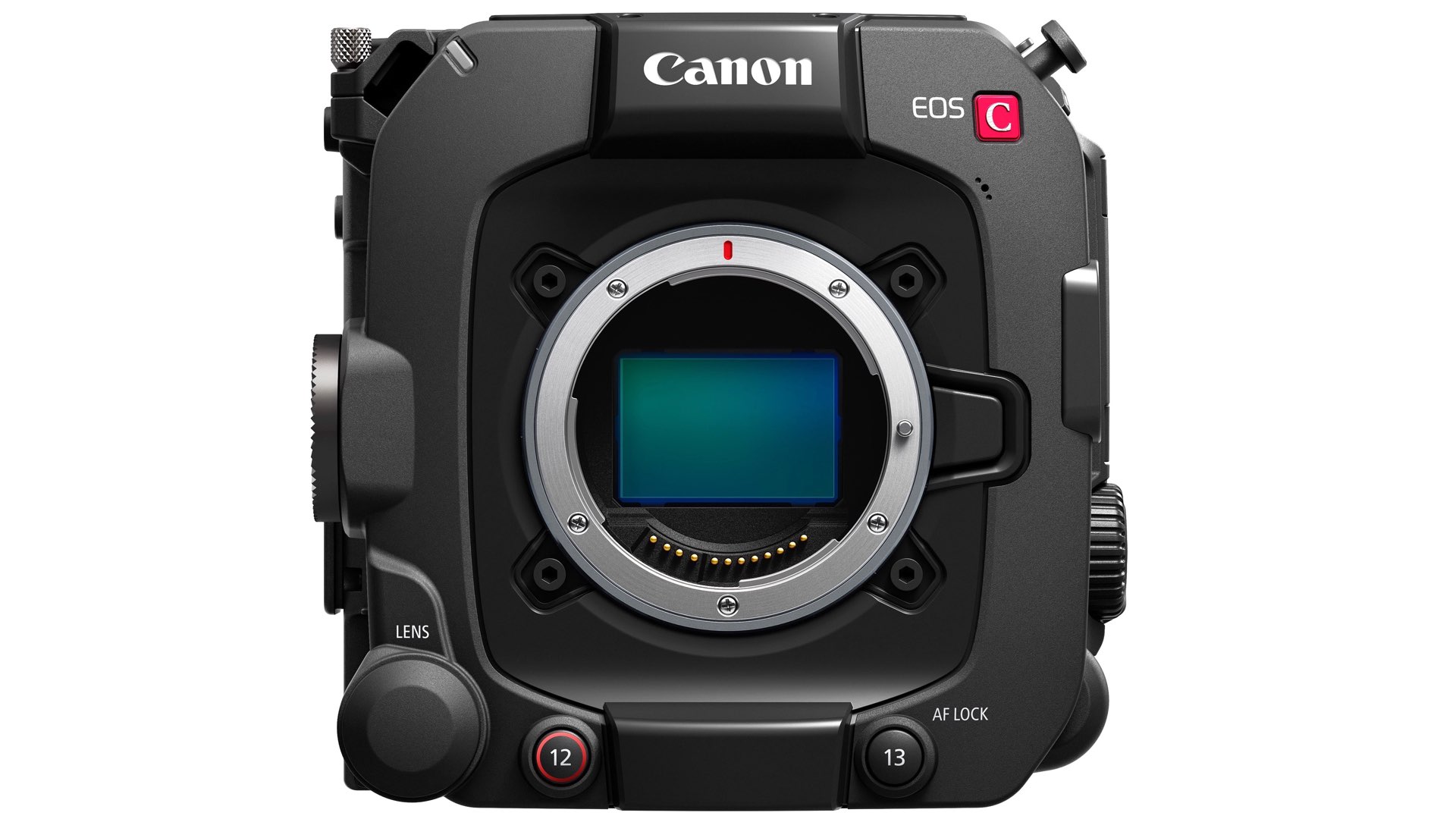
Sample Footage
Explore a video shot for Canon on the C400 (it looks gorgeous):
Design has changed
I haven’t seen anyone mention it, but Canon finally changed the design of this Cinema EOS and made it a more boxy-style camera. Indeed, the C400 looks more industrial and sexy compared to other Cinema EOS bodies. And that would be a refreshing breeze blowing in the Cinema EOS lineup. It’s about time. Good job, Canon.
Product List
Here are the products mentioned in the article, and the links to purchase them from authorized dealers.
- Canon EOS C400 6K Full-Frame Digital Cinema Camera

